Number one in the world! China’s 43 intangible heritage items are listed in the World Intangible Heritage List. Come and find out!
On November 29th, China declared "China’s traditional tea-making skills and related customs" included in the UNESCO representative list of human intangible cultural heritage. So far, 43 projects in China have been listed in UNESCO’s intangible cultural heritage list, ranking first in the world! Who are the 43 World Intangible Heritage Sites? Come and find out ↓↓↓
List of representative works of human intangible cultural heritage (35)
Selected year: 2022
Traditional tea processing techniques and their associated social practices in China
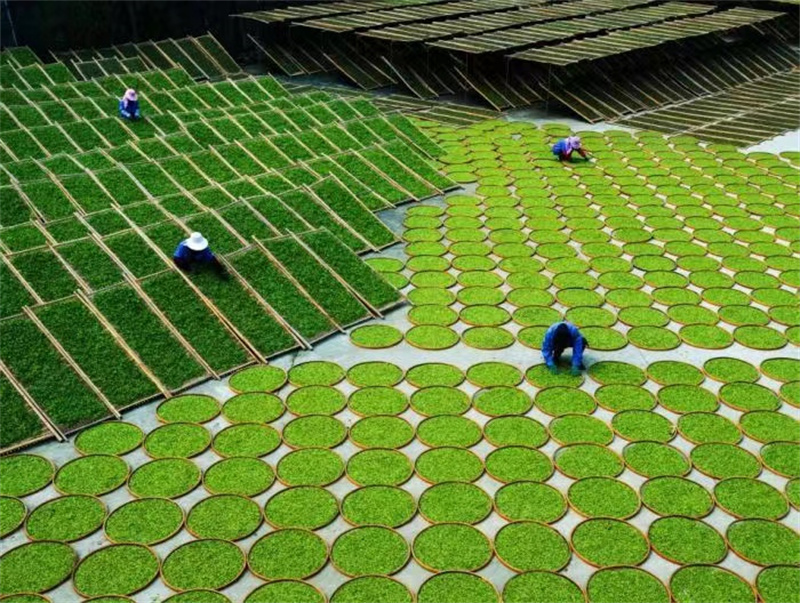
Tea flourished in the Tang Dynasty and flourished in the Song Dynasty. China is the earliest country in the world to plant and make tea. The traditional tea-making skills and related customs in China are related to the knowledge, skills and practice of tea garden management, tea picking, hand-made tea, and tea drinking and sharing.
Selected year: 2008
Kunqu opera
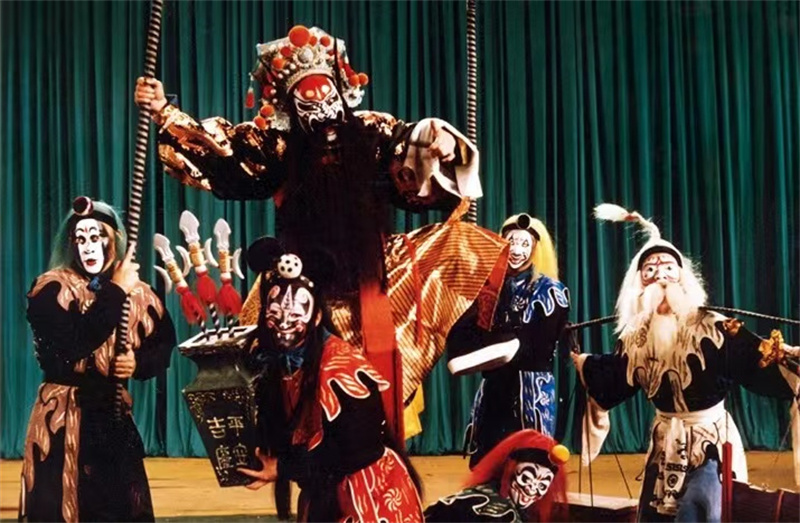
Kunqu Opera is one of the oldest existing operas in China, which originated in the Ming Dynasty. The singing of Kunqu Opera has a strong artistic quality, which has a great influence on all modern dramas in China.
Guqin art
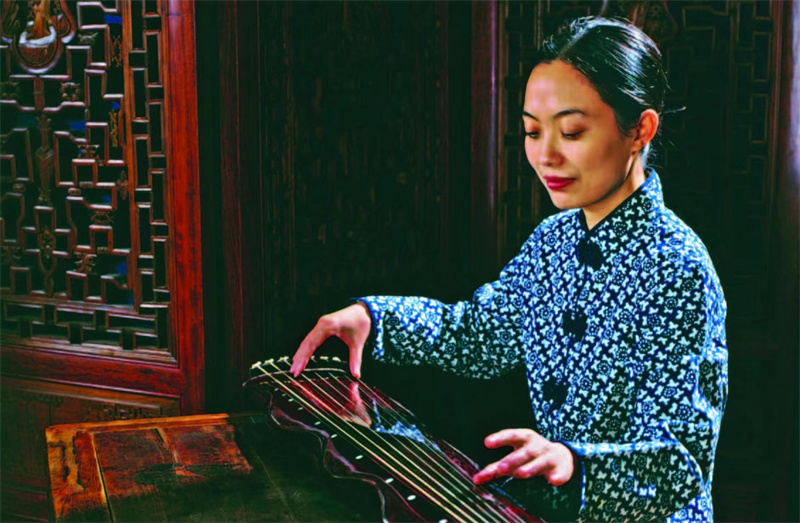
Guqin is the most representative solo instrument in China, which has a history of more than 3,000 years in China. Guqin has seven strings and thirteen emblems, and players can play four octaves through ten different plucking methods.
Xinjiang Uygur Muqam Art
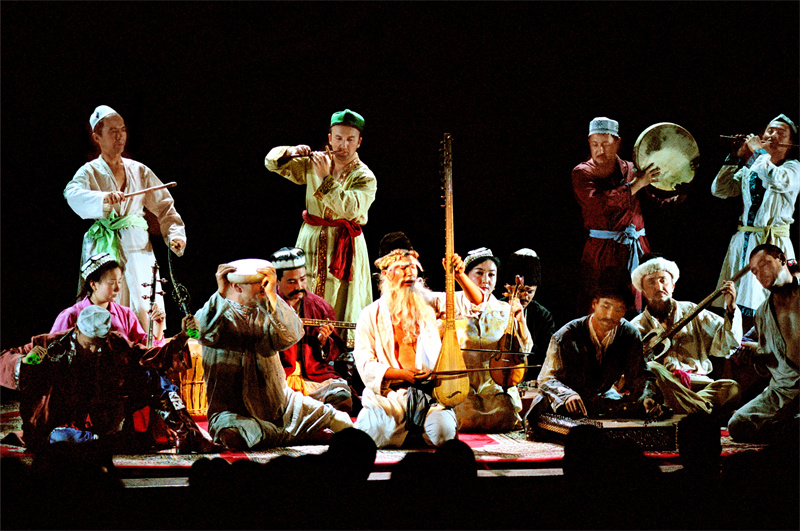
"Xinjiang Uygur Muqam" is the general name of all kinds of Muqam that spread in various Uygur inhabited areas in Xinjiang, China, and it is a large-scale comprehensive art form integrating singing, dancing and music.
Mongolian long-tune folk songs (jointly declared by China and Mongolia)

Long tune is a lyric song, which consists of 32 melodies with a lot of decorative sounds. It praises beautiful grasslands, mountains and rivers, praises parents’ love and close friendship, and expresses people’s thinking about their fate.
Selected year: 2009
China seal cutting
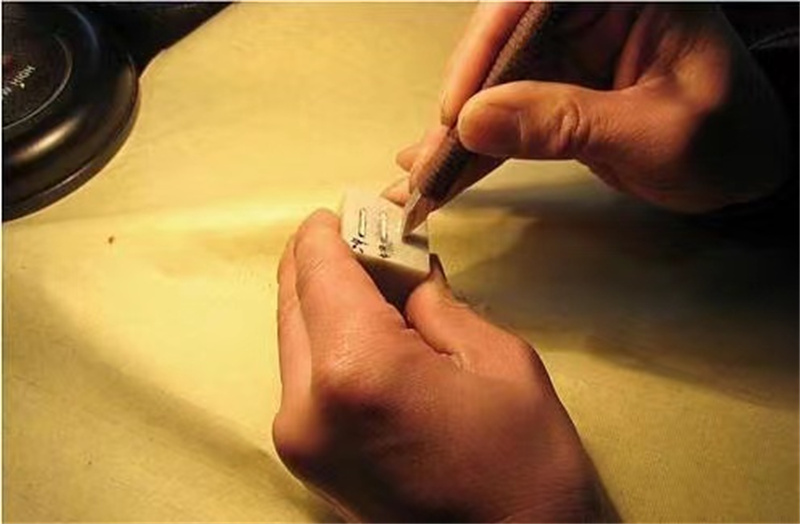
China seal cutting is a unique engraving art with stone as the main material, carving knife as the tool and Chinese characters as the representation.
China’s woodblock printing technology

Block printing technology is a special technology that uses a knife to carve characters or patterns on a wooden board, and then uses ink, paper, silk and other materials to print and bind books. It has a history of more than 1,300 years, which has created a precedent for human copying technology.
China’s calligraphy

China’s calligraphy developed with the emergence and evolution of Chinese characters. After more than 3000 years, it has become a representative symbol of China culture.
Chinese paper cutting

Chinese paper-cutting is a folk art that uses scissors or a carving knife to cut and carve patterns on paper to decorate life or cooperate with other folk activities.
China traditional wooden structure building construction skills.
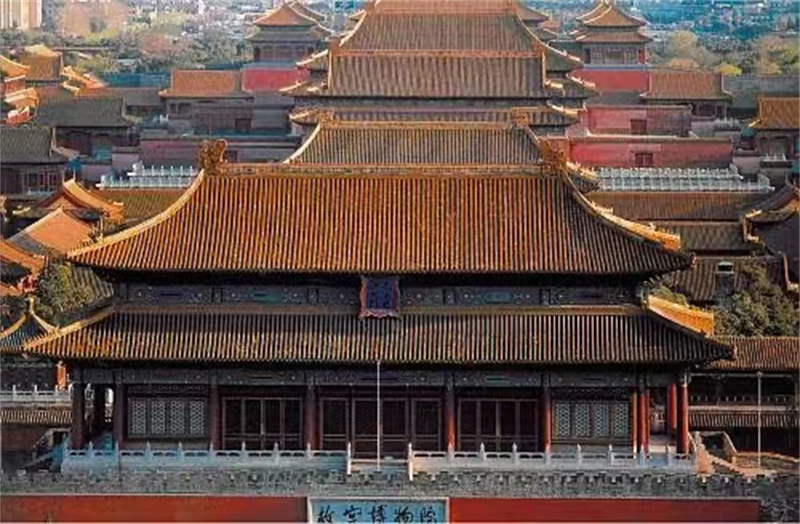
China’s traditional wooden building construction technology is a building construction technology system with wood as the main building material, tenon and mortise as the main combination method, and modular system as the scale design and processing production means, which has been extended for more than 7,000 years.
Craftsmanship of nanjing yunjin brocade
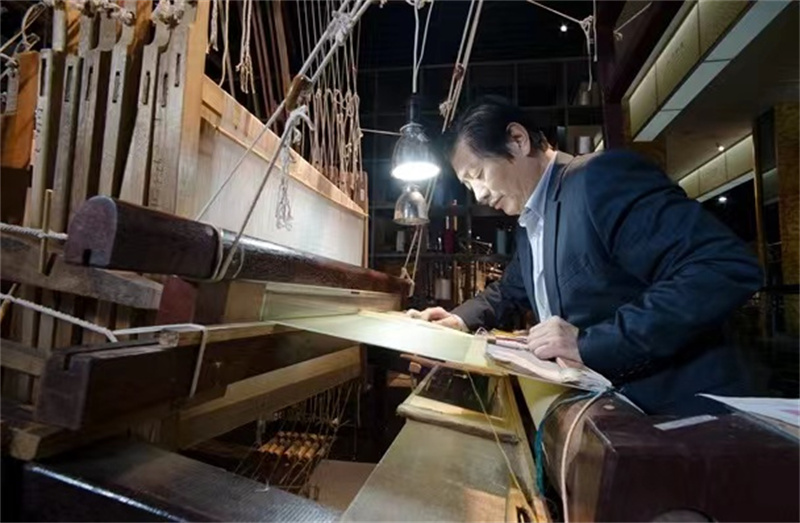
Craftsmanship of nanjing yunjin brocade has the tradition of royal weaving in China and is the representative of the highest level of brocade skills in China.
Dragon Boat Festival
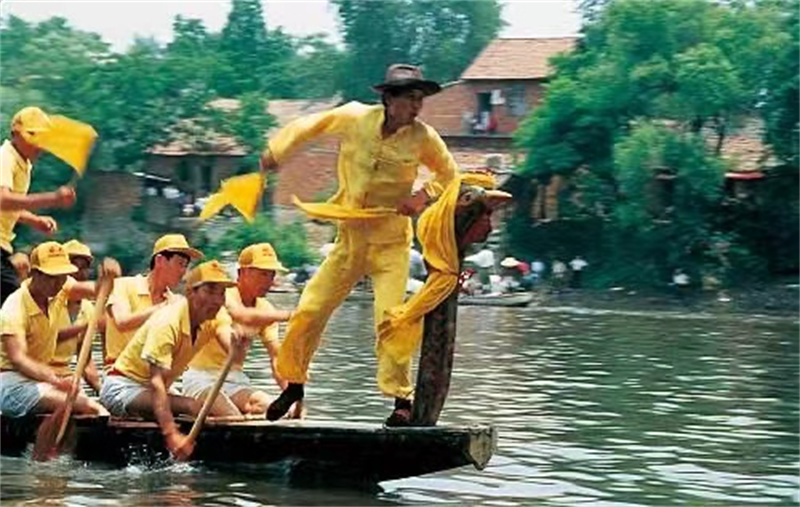
Dragon Boat Festival is a traditional festival in China, which falls on the fifth day of the fifth lunar month. It has a history of more than 2,500 years. The festival custom of driving away drugs and evil spirits has spawned a variety of folk activities such as sacrifice, entertainment and health care.
China Korean Nongle Dance
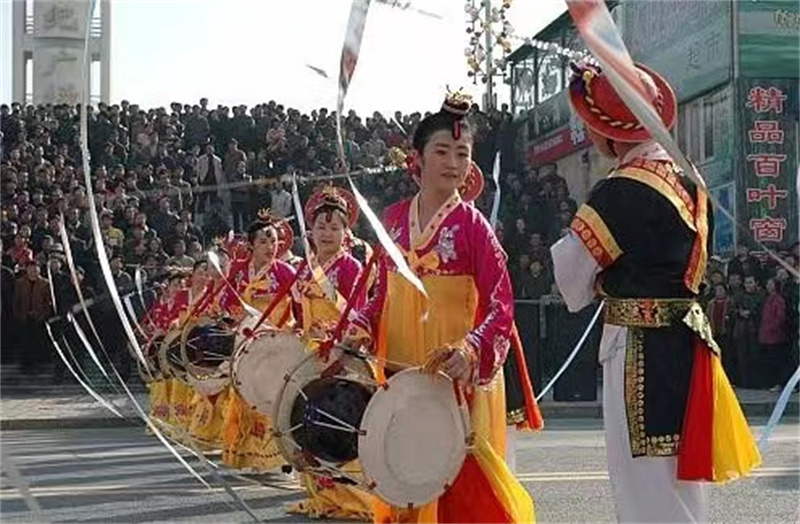
China Korean agricultural music dance is a folk performing art which integrates performance, singing and dancing, reflecting the traditional farming production and life, offering sacrifices to pray for blessings and celebrating the harvest. Dance has the characteristics of ecology, simplicity, roughness and harmony.
Mazu believes in customs
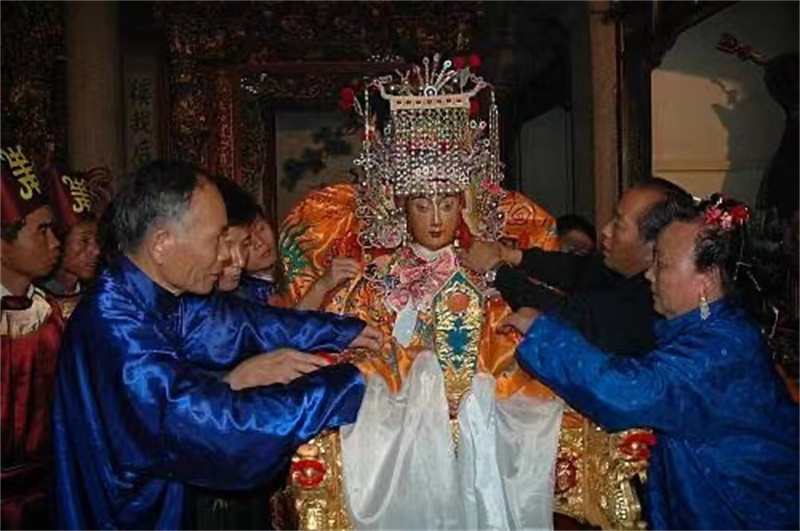
Mazu is the most influential patron saint of navigation in China. Mazu’s belief in customs is a folk culture with the spirit of worshiping and praising Mazu’s virtue, doing good deeds and loving love as its core, Mazu Palace and Temple as its main activity place, and customs and temple fairs as its manifestations.
Mongolian Humai Singing Art
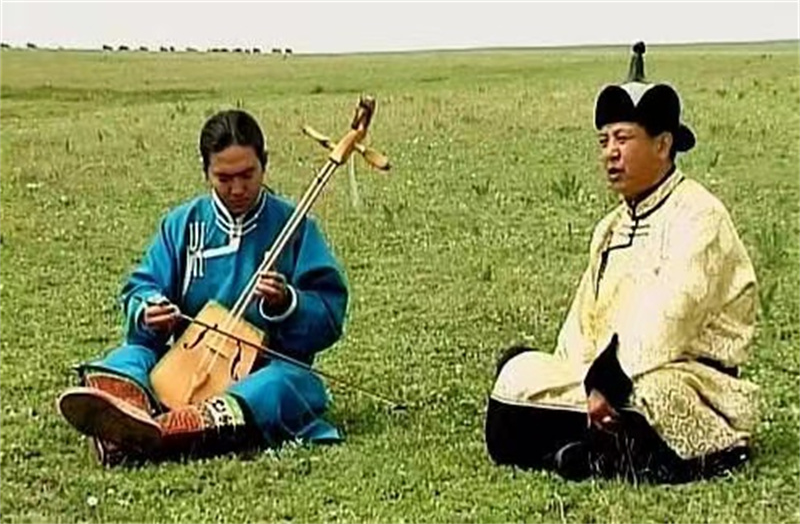
Humai is a magical singing art created by Mongolians: a singer sings two parts at the same time with his own vocal organs. Among the folk songs of various nationalities in China, it is unique.
Nanyin

Nanyin is a performing art that combines singing and playing, and it is one of the oldest existing music types in China. Nanyin is sung in Quanzhou dialect, mainly with pipa, flute, erhan, sanxian, clapper and other musical instruments, and the music is written with five Chinese characters of "six thoughts and one thought".
Regong art
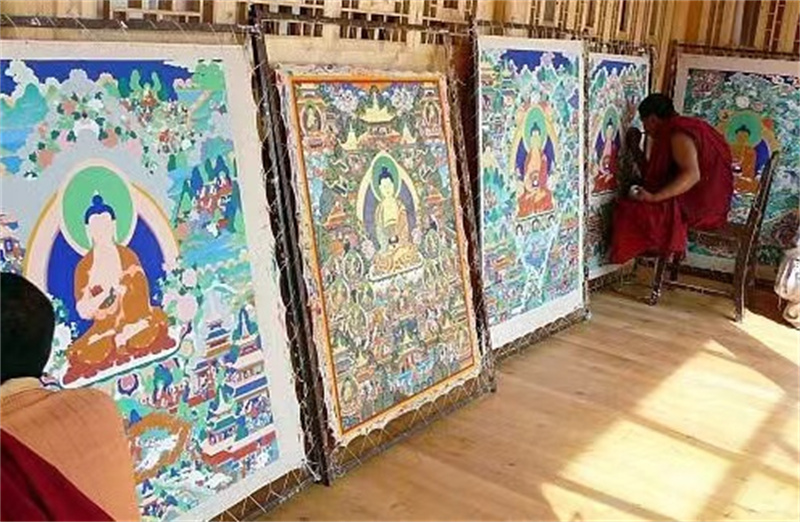
Regong art mainly refers to Thangka, murals, pile embroidery, sculpture and other Buddhist plastic arts, and is an important art school of Tibetan Buddhism. Its content is mainly Buddhist native stories, historical figures and myths and legends.
China traditional mulberry silk weaving skills.

Sericulture is a great invention of China and a cultural symbol of Chinese national identity. This heritage includes the production techniques in the whole process of planting mulberry, sericulture, reeling, dyeing and silk weaving, the tools and looms used in the process, the silk products such as silk, gauze and so on, and related folk activities.
Traditional firing techniques of Longquan celadon
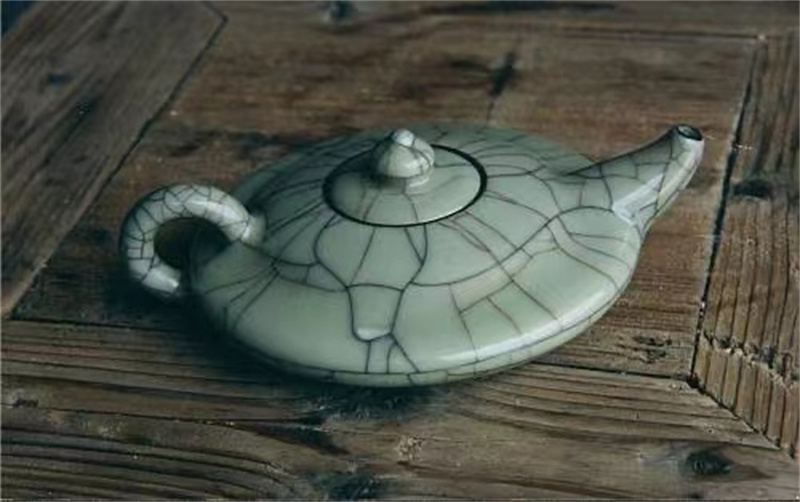
The traditional firing technique of Longquan celadon is a traditional handicraft with the characteristics of production, skill and artistry. It has a history of more than 1700 years.
Traditional production techniques of rice paper
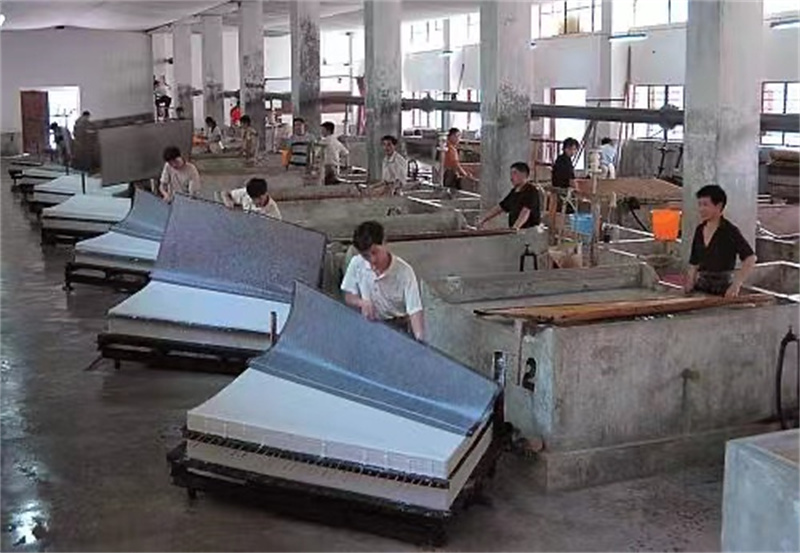
Papermaking is one of the four great inventions in ancient China. Xuan paper is an outstanding representative of traditional handmade paper, which has the characteristics of soft texture, no decay and so on.
Xi’ an drum music
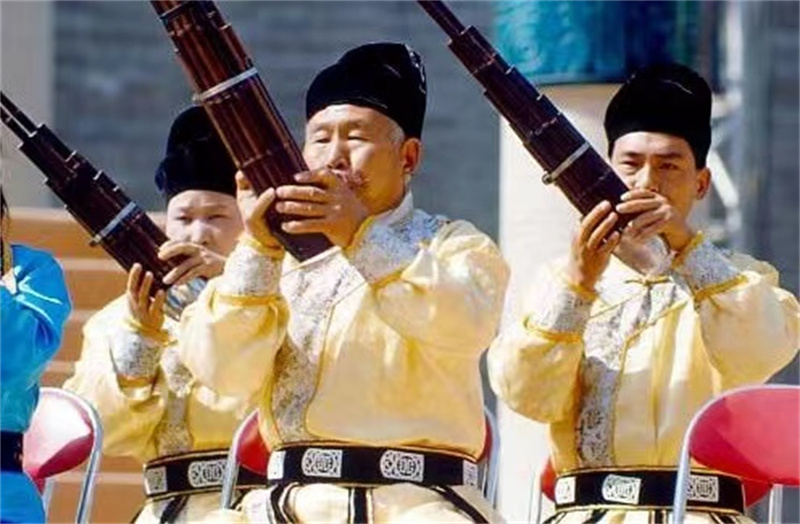
Drum music in Xi ‘an is a kind of drum music that spreads in Xi ‘an and its surrounding areas. Band organization is divided into percussion instruments and melody instruments, and the playing forms are divided into sitting music and playing music.
Cantonese opera

Cantonese opera is a drama style sung in Cantonese, with a history of more than 300 years. It has absorbed various musical and dramatic elements, and perfectly combined the bangzi and Erhuang tune with the phonology of Cantonese dialect.
Flowers

Hua ‘er was born in the early Ming Dynasty (around 1368 AD), and it is a folk song shared by Han, Hui, Tibetan, Dongxiang, Baoan, Salar, Tu, Yugur and Mongolians in the three provinces (regions) of northwest China. Named for comparing women to flowers in the lyrics.
Manas

The Kirgiz epic Manas, which has been sung for thousands of years, is one of China’s three major epics, among which the most famous is the genealogical legendary narrative of Manas and its eight generations of heroes, with a length of 236,000 lines, which is the "encyclopedia" of Kirgiz’s outstanding creation and oral inheritance.
Gesa (Si) er
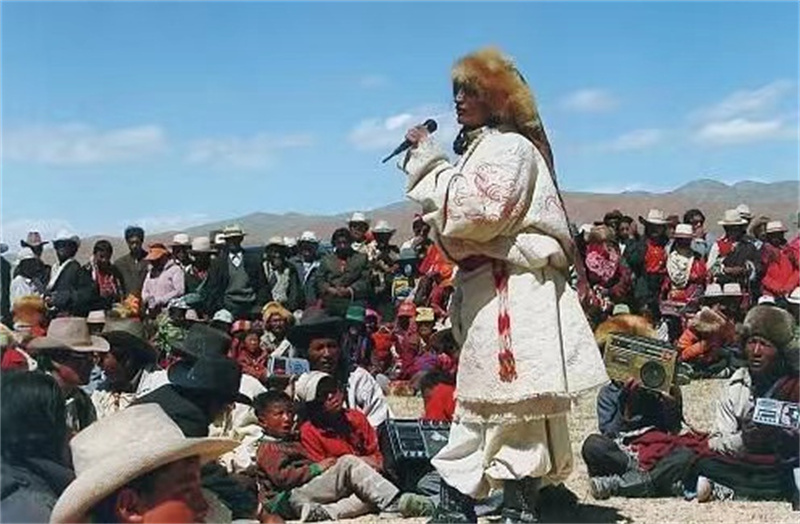
Gesar is a grand narrative about the sacred achievements of Gesar, an ancient Tibetan hero. The epic tells the heroic story of King Gelsall who devoted himself to the lower world to save the living beings, led the people of Lingguo to subdue demons, suppress the strong and help the weak, resettle the Three Realms, complete the human mission, and finally return to heaven.
Dong people’s big songs
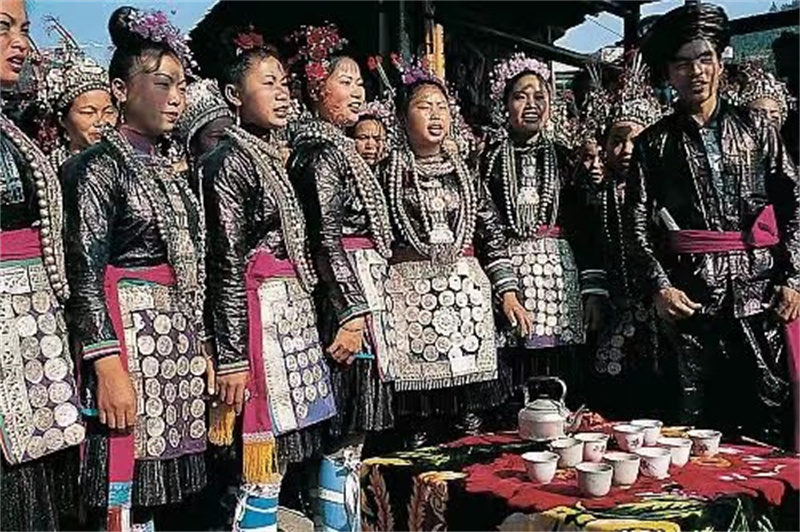
Dong folk songs are the general name of Dong folk multi-voice folk songs without accompaniment and command. Including voice songs, narrative songs, children’s songs, stepping on the hall songs and blocking the road songs.
Tibetan opera
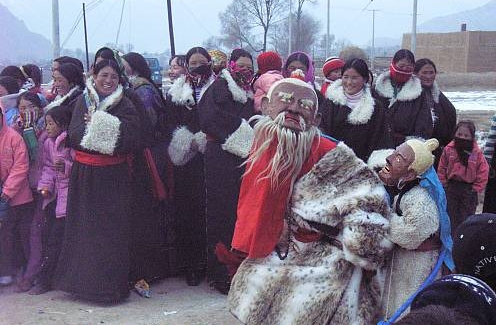
Tibetan opera is a Tibetan drama with masks and songs and dances, which was formed in the 14th century and spread in the Qinghai-Tibet Plateau. The repertoire is eight traditional Tibetan operas, most of which are myths and legends in Buddhist scriptures to persuade the good and punish the evil.
Selected year: 2010
Chinese medicine acupuncture
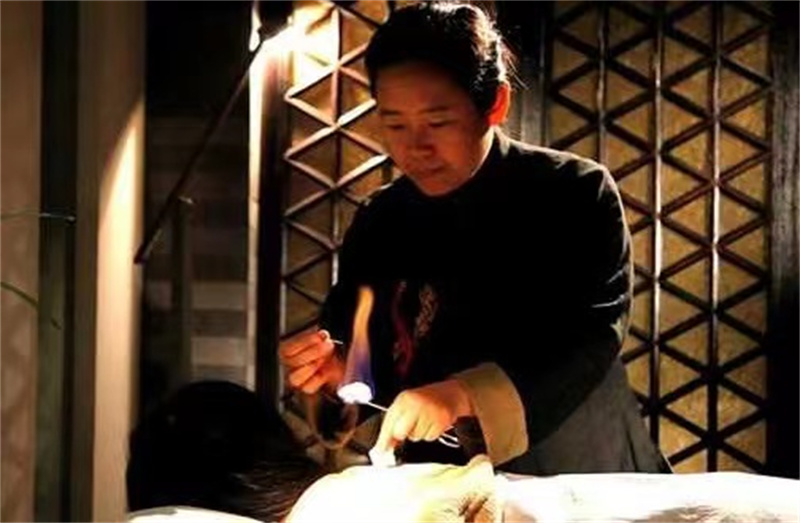
Acupuncture is a medical method in traditional Chinese medicine. Acupuncture theory holds that the human body is like a small universe connected by various meridians. By physically stimulating the meridians, it is possible to promote the self-regulation function of the human body and bring health to patients.
Beijing Opera

Beijing opera is a performing art that combines singing, reading, doing and playing. The singing and reading of Peking Opera mainly use Beijing dialect, while the script is written according to a series of strict rules that pay attention to form and rhythm.
Selected year: 2011
Chinese shadow puppetry

Chinese shadow play is a kind of drama form with colorful shadow puppets made of leather or paper, accompanied by music and singing. Shadow puppeteers manipulate shadow puppets with wooden poles behind the scenes, and create dynamic images by shining light on translucent curtains.
Selected year: 2013
China’s Abacus Calculation —— Knowledge and Practice of Mathematical Calculation with Abacus
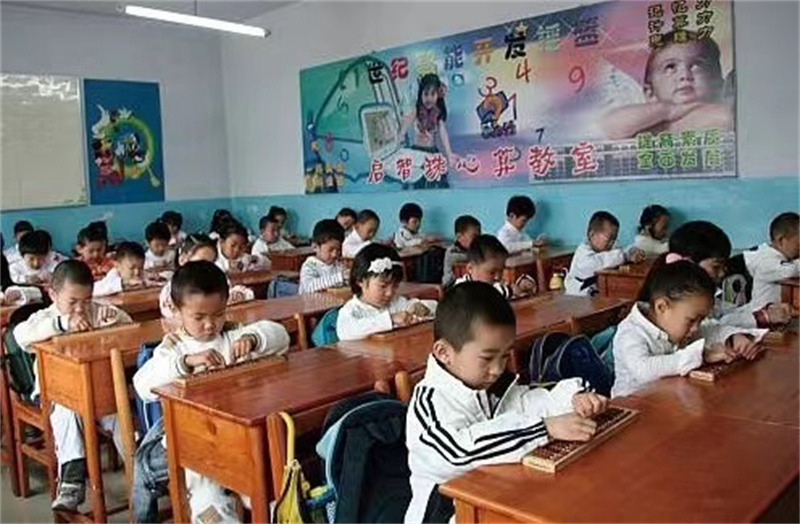
Abacus calculation is a method of digital calculation with abacus as a tool. Abacus is a great invention of the ancestors of the Chinese nation, and its contribution in the history of the development of the Chinese nation is no less than any of the "four great inventions".
Selected year: 2016
Twenty-four solar terms-Chinese’s time knowledge system formed by observing the annual movement of the sun and its practice
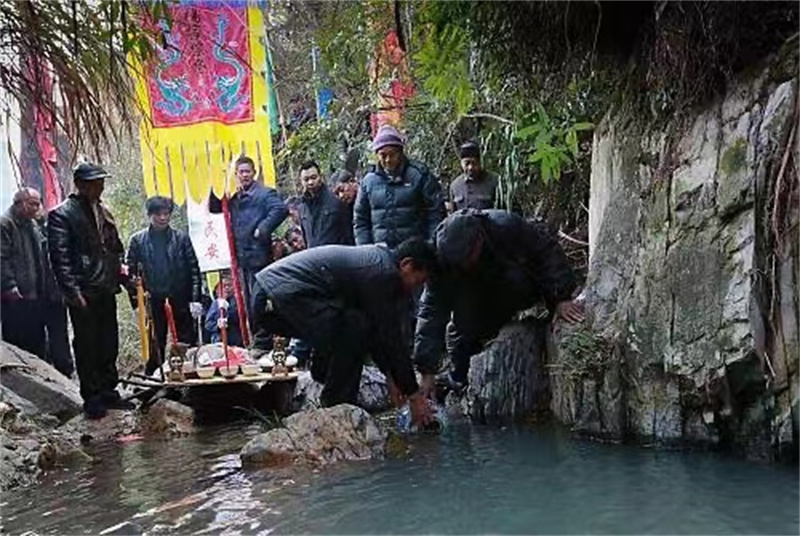
"Twenty-four solar terms" is a knowledge system and social practice formed by Chinese by observing the annual movement of the sun and recognizing the changing laws of seasons, climate and phenology in a year. The ancients in China divided the annual movement track of the sun into 24 equal parts, and each equal part was a "solar term", collectively called "24 solar terms".
Selected year: 2018
Tibetan Medicine Bath Method —— Knowledge and Practice of Life and Health and Disease Prevention of Tibetans in China
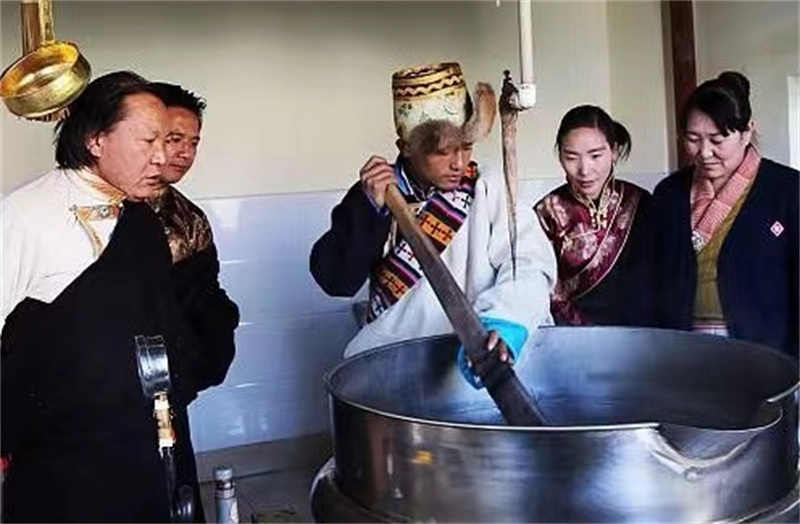
Tibetan medicine bath method, called "soaking" in Tibetan, is the traditional knowledge and practice of Tibetan people to adjust their physical and mental balance and realize life health and disease prevention by bathing in natural hot springs or water juice or steam boiled by drugs under the guidance of the life view of "five sources" of earth, water, fire, wind and air and the health view of "three causes" of Long, Chiba and Bacon.
Selected year: 2020
Tai Ji Chuan
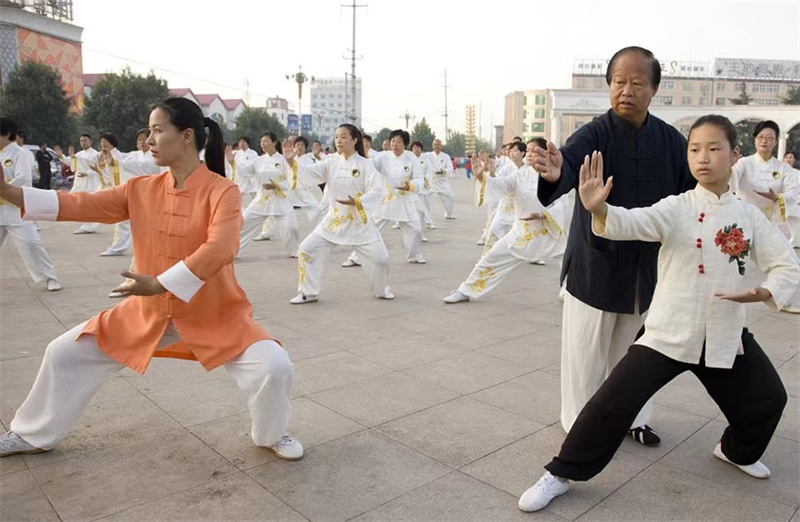
Tai Ji Chuan is a traditional sports practice based on China’s traditional philosophy and concept of health preservation, which is based on the cycle of Yin and Yang and the unity of man and nature. This heritage project pays attention to the cultivation of ideas and the adjustment of breathing, with five steps and eight methods as the core movements, and routines, exercises and pushing hands as the movement forms.
"Sending the King’s Boat —— Ceremony and Related Practice of Sustainable Contact between Man and the Ocean" (Joint Declaration of China and Malaysia)
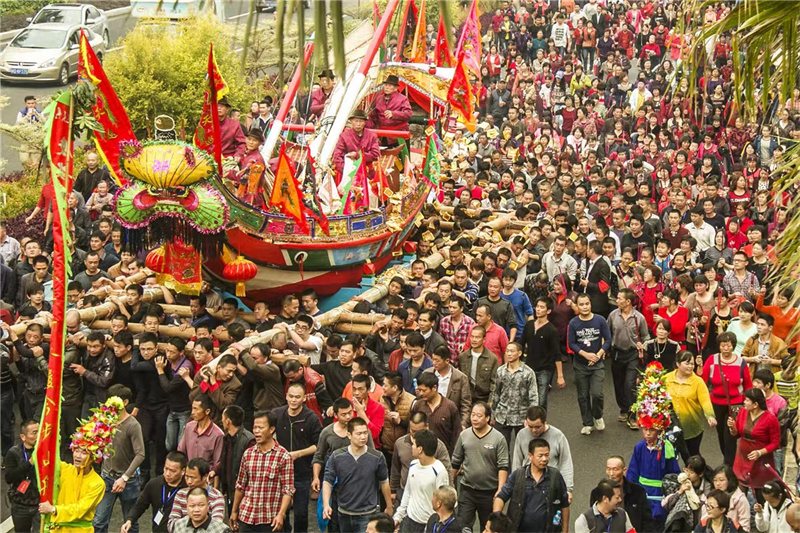
Sending the king’s boat is a ceremony widely spread in Minnan, China and the coastal areas of Malacca, Malaysia, which has both commonness and locality. In southern Fujian, it is mostly held every three or four years when the northeast season is windy in autumn; In Malacca, it is mostly held in the leap year of the lunar calendar and on the auspicious day in the dry season. The ceremony lasted for several days or months.
List of intangible cultural heritage in urgent need of protection (7)
Selected year: 2009
Qiang nian
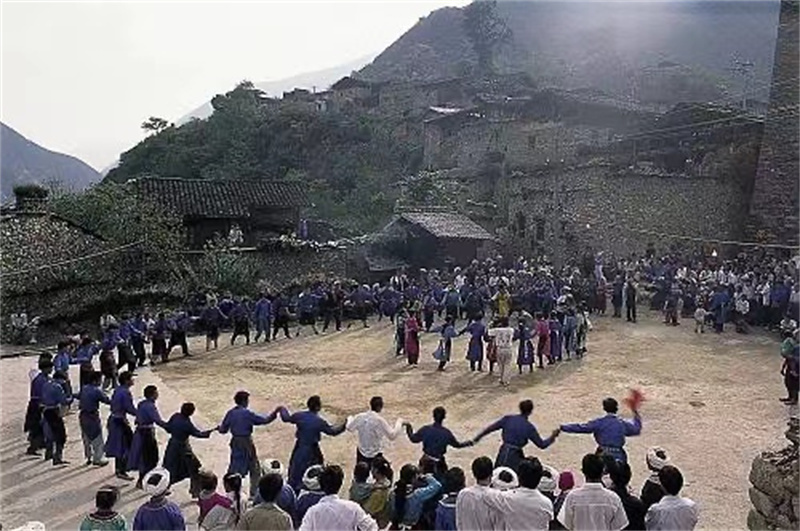
The Year of the Qiang is a traditional festival of the Qiang people in Sichuan, China Province, and it is celebrated on the first day of the tenth lunar month every year.
Li nationality’s traditional spinning, dyeing, weaving and embroidery skills
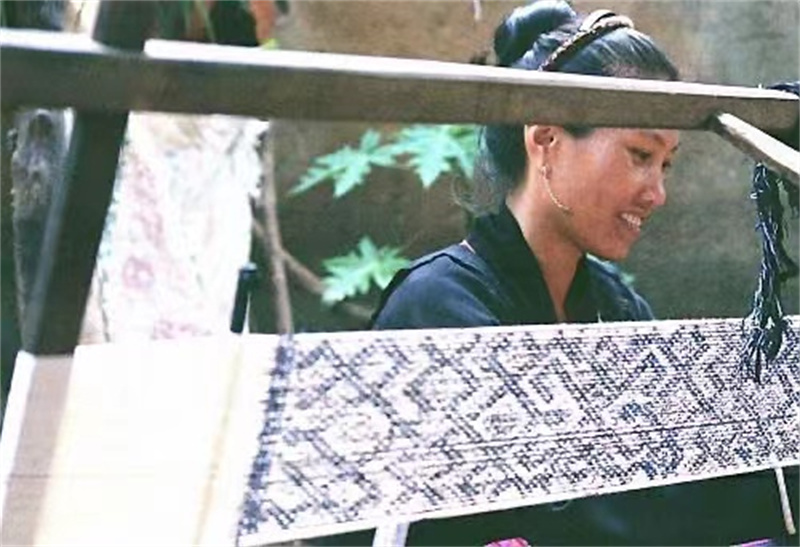
The traditional spinning, dyeing, weaving and embroidery technique of Li nationality is a kind of textile technique created by Li nationality women in Hainan, China Province. It integrates spinning, dyeing, weaving and embroidery, and uses cotton thread, hemp thread and other fibers to make clothes and other daily necessities.
Traditional construction techniques of China wooden arch bridge

The construction technology of China wooden arch bridge with beams is to use log materials, traditional wooden building tools and manual techniques, and use core technologies such as "beam-making" to connect with tenons and mortises to form an extremely stable arch bridge technology system.
Selected year: 2010
Maxi Refu
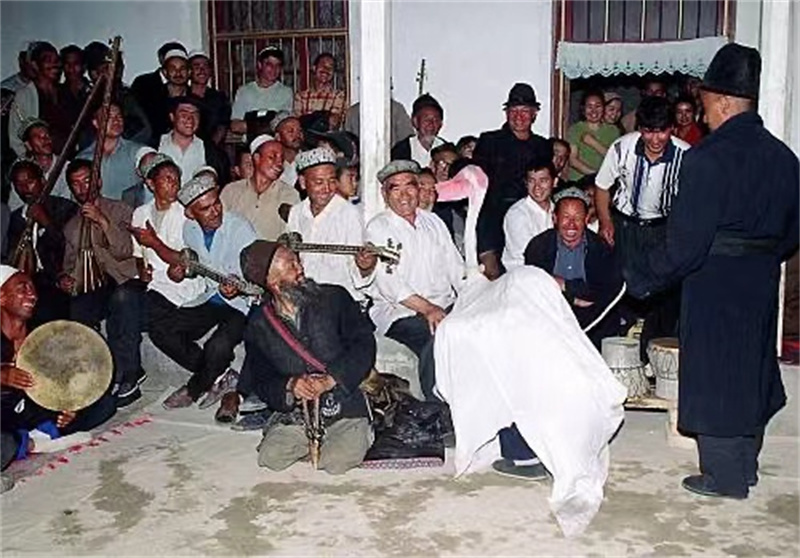
Maixi Refu is the most important bearer of the cultural tradition of the Uygur people. The complete activities of Maixi Refu include a series of rich customs and performing arts, such as music, dance, drama, folk art, acrobatics, oral literature, diet and games.
Manufacturing technology of China watertight compartment blessing boat.
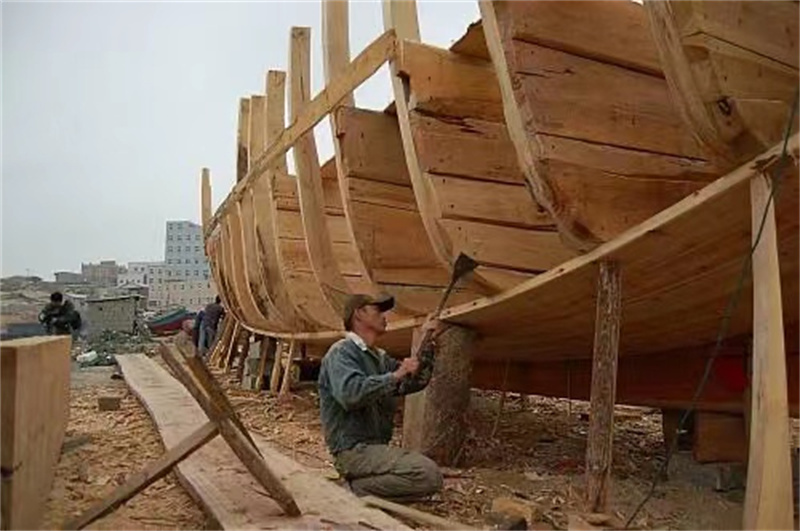
The manufacturing technology of watertight compartment was developed in Fujian Province in the south of China, which made it possible to build a seagoing vessel with watertight compartment. The key technologies that need to be applied in the manufacture of this sailboat are: tenon joint and stern joint, which refer to the tongue-and-groove joint of wooden boards respectively, and the technology of using ramie, tung oil and lime as blocking materials for the joints between wooden boards.
Chinese movable type printing

China’s wood movable type printing is one of the oldest printing technologies in the world, and Ruian, Zhejiang Province has maintained this technology, where it is still used to compile genealogy. Men are trained to carve Chinese characters and print them after engraving, word picking and typesetting.
Selected year: 2011
Imakan of Hezhe nationality
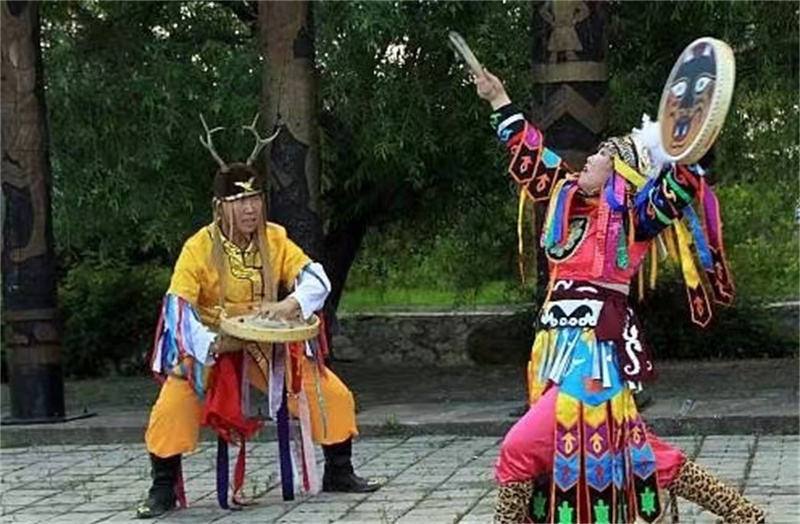
Imakan is an important part of Hezhe people’s world outlook and historical memory in northeast China. Imakan narrates in Hezhen language, in the form of poetry and prose, and consists of many independent tracks, describing tribal alliances and wars, including the story of Hezhen hero beat the devil and invaders.
List of Excellent Practices (1)
Selected year: 2012
Strategy for training coming generations of Fujian puppetry practitioners
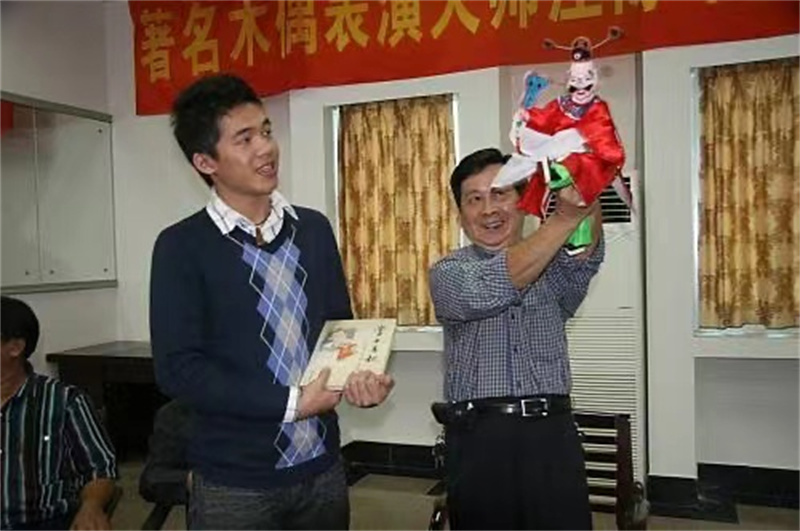
Fujian puppet show is an outstanding representative of China’s puppet performance art, and its main performance forms are marionette and palm puppet. Since the 1980s, with the changes in production and lifestyle, and the complicated performance techniques of Fujian puppet shows, young people’s willingness to learn and inherit has declined, and there are few successors to Fujian puppet shows. Since 2006, relevant communities, groups and representative inheritors have formulated the "Fujian Puppet Show Successor Training Plan" from 2008 to 2020 around the main goal of cultivating inheritors. Through systematic professional training, cultivate a new generation of puppet show practitioners and improve the survival ability of Fujian puppet show; Through holistic protection, we can cultivate potential puppet show practitioners and appreciators, improve the living environment of Fujian puppet show, and effectively promote the protection and inheritance of Fujian puppet show.
(Editing Zhang Xiaoqing’s graphic materials are all from China Intangible Cultural Heritage Network)